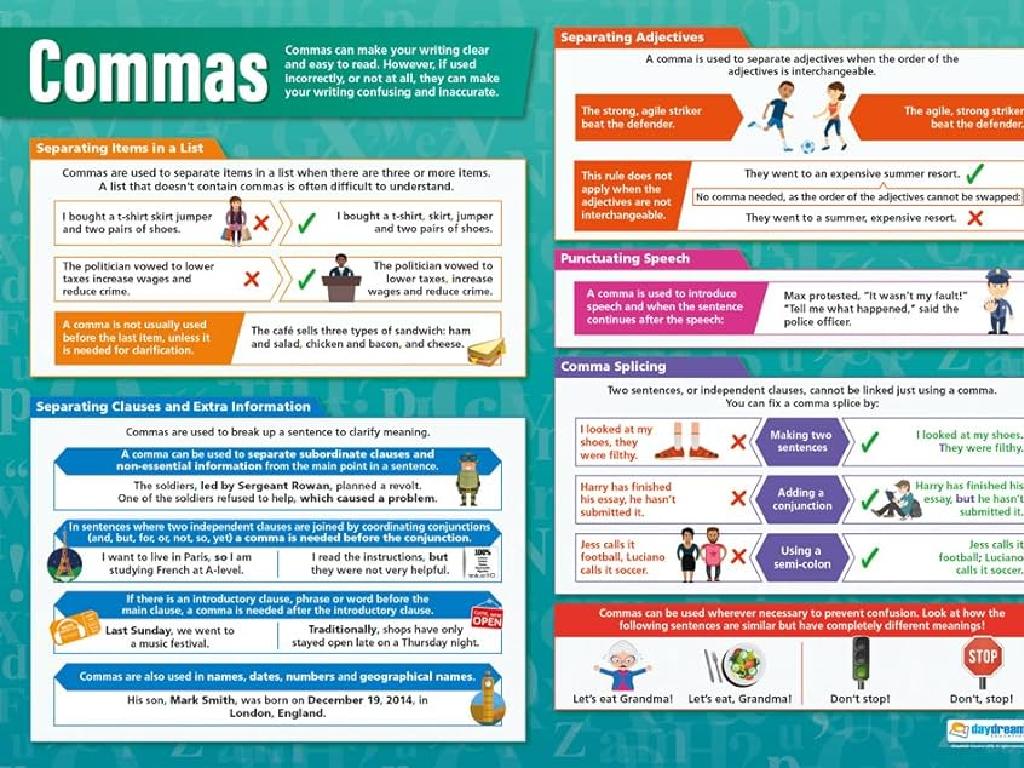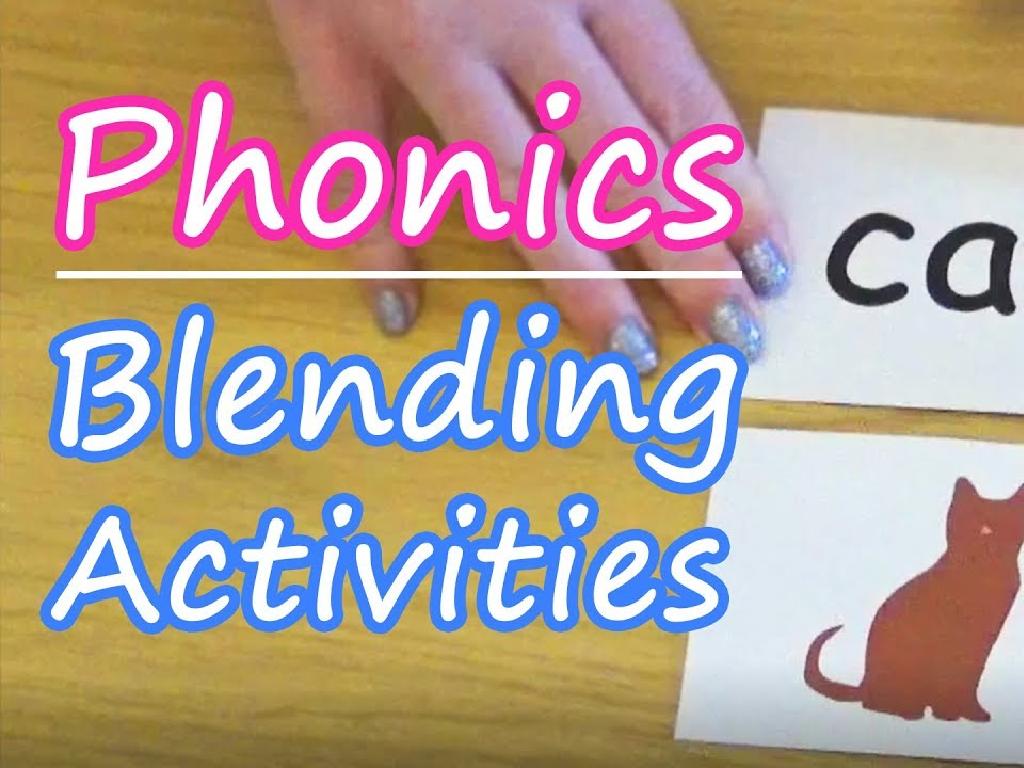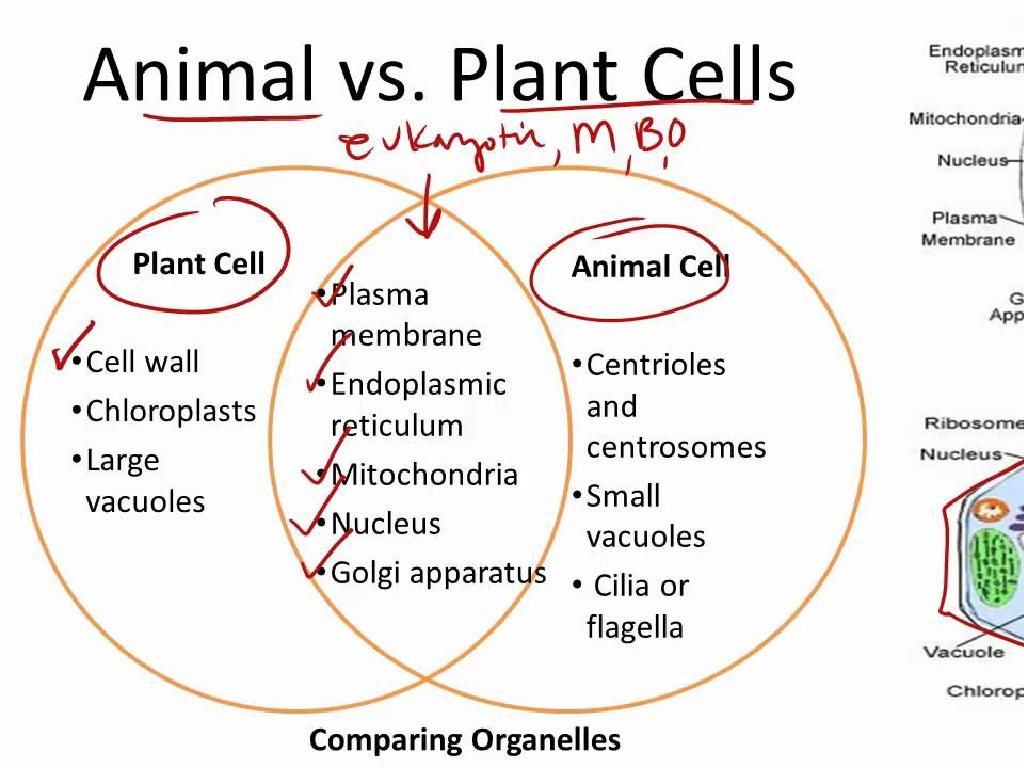Worlds Collide (1491-1607)
Subject: Arts and humanities
Grade: High school
Topic: Us History
Please LOG IN to download the presentation. Access is available to registered users only.
View More Content
The Age of Exploration: A New Era Begins
– World pre-1492 overview
– A time of limited global interaction and knowledge
– Motivations of key explorers
– Glory, gold, and God drove explorers like Columbus
– ‘New World’ concept introduction
– Europeans’ term for the Americas post-discovery
– Impact on indigenous populations
– Encounters led to cultural exchanges and conflicts
|
This slide introduces students to the Age of Exploration, setting the stage for understanding the global context before 1492, which was characterized by separate worlds with limited knowledge of each other. Discuss the motivations of explorers such as Christopher Columbus, who were driven by the desire for wealth, religious expansion, and fame. Explain how the ‘New World’ was a European concept following the discovery of the Americas, which led to a new era of global interaction. Highlight the profound impact this era had on indigenous populations, including the exchange of goods and ideas, as well as the devastating effects of disease and conquest. Encourage students to consider the perspectives of both the explorers and the indigenous peoples during this transformative period in history.
Cultural and Societal Life in 1491
– Diversity of Native American societies
– Varied cultures, languages, and governments existed across different tribes
– Native trade, agriculture, and social hierarchy
– Complex trade networks, farming practices, and social organization
– European vs Native American lifestyles
– Europeans had different technologies, religions, and social norms
– Impact of European contact on Native societies
– Contact led to significant changes and challenges for Native societies
|
This slide aims to provide an overview of the rich and diverse cultures of Native American societies before European contact. Highlight the variety of languages, traditions, and political systems that existed among different tribes. Discuss the sophisticated trade routes, agricultural techniques, and structured social hierarchies that underpinned these societies. Compare and contrast these with European ways of life at the time, noting the differences in technology, religion, and societal organization. Finally, address the profound impact that European contact had on Native American societies, setting the stage for the transformative events that followed. Encourage students to reflect on the complexity and resilience of these societies in the face of change.
Christopher Columbus: A Pivotal ‘Discovery’
– Columbus’ voyage in 1492
– An Italian explorer’s journey that led to the ‘discovery’ of the New World.
– Unintended consequences of the journey
– The encounter led to widespread exchange and significant ecological, social changes.
– Profound impacts on three continents
– Europe, Africa, and the Americas experienced cultural shifts and power dynamics.
– Challenging the Columbus myths
– Re-examining the narrative that Columbus ‘discovered’ America and its implications.
|
This slide aims to introduce students to the complex legacy of Christopher Columbus and the ‘discovery’ of America. It’s crucial to discuss the voyage of 1492, which, while not the first to the Americas, had significant and lasting consequences for the world. The Columbian Exchange altered the course of history, bringing new foods, animals, and diseases across the Atlantic. This slide should also prompt critical thinking about the myths surrounding Columbus, such as the misconception that he was the first to believe the world was round or that he ‘discovered’ an unoccupied land. Encourage students to consider the perspectives of the indigenous peoples and the long-term effects of European colonization.
Consequences of Contact: A New World Emerges
– The Columbian Exchange impact
– Exchange of crops, animals, ideas, and diseases between the Old and New Worlds
– Shift in global power dynamics
– Europe’s rise in power, decline of indigenous empires
– Onset of European colonization
– European nations establish colonies, altering the Americas
– Cultural transformations
|
This slide examines the aftermath of the encounter between the Old and New Worlds, focusing on the Columbian Exchange which involved the transfer of various goods, ideas, and diseases that reshaped societies. The exchange led to significant economic and social changes, including the introduction of new crops to Europe which boosted European populations. However, it also brought devastating diseases to the Americas, leading to the decimation of indigenous populations. This period marked a shift in global power dynamics, with European nations gaining dominance and beginning to establish colonies in the New World. This colonization led to profound cultural transformations and the birth of new societies. Discuss the long-term effects of these events and how they set the stage for modern history.
The Spanish Empire in the New World
– Conquistadors’ impact on Aztec/Inca
– Spanish conquerors toppled empires like the Aztecs and Incas, reshaping the Americas.
– Spanish colonization and missions
– Spain established colonies, converting natives and setting up missions for religious spread.
– Encomienda system explained
– A labor system where Spaniards demanded tribute from indigenous people in exchange for protection.
– Effects on indigenous populations
– The system led to exploitation and significant decline in native populations due to harsh conditions.
|
This slide delves into the Spanish Empire’s expansion into the Americas, focusing on the role of the conquistadors in the fall of the Aztec and Inca empires. It also covers the establishment of Spanish colonies and the mission system, which aimed at converting indigenous people to Christianity. The encomienda system, a form of forced labor, is explained, highlighting its detrimental effects on indigenous populations, including exploitation and a dramatic population decline. Students should understand the profound impact of Spanish colonization on the social, economic, and cultural aspects of the New World. Encourage critical thinking about the long-term consequences of these historical events on modern society.
European Ambitions in the New World
– French, English, Dutch in Americas
– Each sought to expand trade, claim land, and spread influence.
– Early settlements & Native interactions
– Initial relations varied from trade to conflict with indigenous peoples.
– Colonization: Economic motivations
– Desire for wealth, resources, and trade opportunities drove colonization.
– Colonization: Religious motivations
– Seeking religious freedom or spreading faith played a significant role.
|
This slide explores the motivations and actions of European powers like France, England, and the Netherlands during their early ventures into the Americas. Highlight the diversity of approaches and objectives, from the fur trade in French territories to the search for gold and the establishment of plantations by the English. Discuss the complex relationships formed with Native American tribes, which ranged from alliances to warfare. Emphasize the dual motivations for colonization: economic gain through resource extraction and trade, as well as religious factors, including the desire for religious self-determination and missionary work. Provide historical examples such as the French fur trade, the English Jamestown settlement, and the Dutch New Amsterdam. Encourage students to consider the long-term impacts of these early interactions on the history and culture of the Americas.
Role-Play Debate: Perspectives on European Exploration
– Divide into perspective groups
– Present arguments on exploration impact
– Consider cultural, economic, and social impacts from each viewpoint
– Discuss long-term societal effects
– How have the events of 1491-1607 shaped today’s world?
– Reflect on historical viewpoints
– Understand biases and experiences of each group during the period
|
This class activity is designed to engage students in a role-play debate to explore the diverse perspectives during the period of European exploration. By dividing the class into groups representing Native Americans, European explorers, and African slaves, students will delve into the historical context and the multifaceted impact of European colonization. Each group should research and present their arguments, focusing on the cultural, economic, and social consequences of exploration from their assigned perspective. Following the presentations, lead a discussion on the long-term effects of this period, encouraging students to connect historical events to modern societal structures. This activity aims to foster critical thinking, empathy, and a deeper understanding of the complexities of history. Possible activities include creating speeches, writing diary entries, or staging a mock trial to express the different viewpoints.






